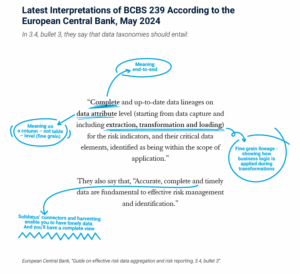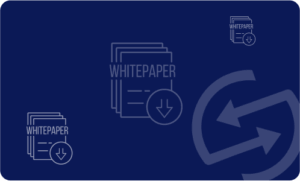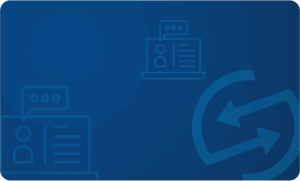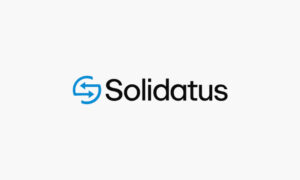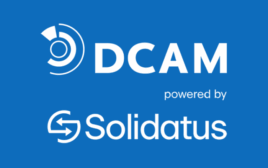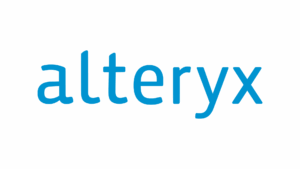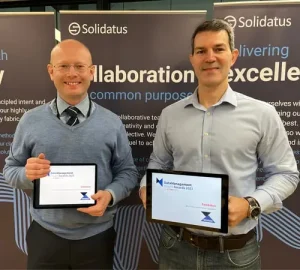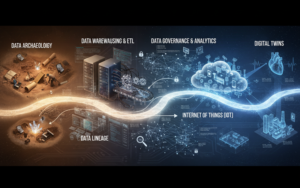Data Migration
What are best practices for data migration?
A data migration process involves selecting, preparing, extracting, and changing data in order to permanently move it from one software system to another. Data may reside in many locations across a business, which requires detailed planning before starting the migration. Problems can occur in migrations around discovery and scope, being able to plan the future state, support business continuity and ensure security and compliance. Examples include data in files across many different devices, data in operating systems, relational databases or unstructured databases, or data lakes.
Solidatus data lineage supports data migration, by helping companies visualize and map the before and after view, so crucial dependencies of systems on one another – based on where data flows between them – are known and controlled during migration. This helps organisations plan timing, sequence, and priorities, by knowing what data and systems depend on one another. Solidatus also helps organizations see a predictive view of how data will flow once the new systems are put in.
More FAQ Topics
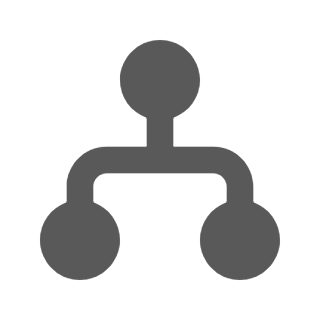
Data Flows and Data Mapping
In data lineage, data mapping is the specific process of linking data fields from one data source to others.

Data Management
Data management is the process of collecting, keeping, and using data in a cost-effective, secure, and efficient manner

Data Mesh and Data Fabric
Data mesh is a methodology of managing data, whereby instead of one central data control unit or team, data management is decentralized in an organization

Data Risk Management
Data risks for AI relate to regulatory requirements, responsible AI use, and the ability for users to trust the outputs of AI models

Metadata Management
Metadata management helps standardize a common language and description of data, using a set of policies, actions and software to gather, organize, and maintain it.

Data Tracing
Data tracing refers to being able to trace back from a critical business use case, such as an annual report or compliance requirement, to see the source, journey and changes of data that impact these use cases.

Data Transformation
Data integration tools allow data to flow between different technologies. One of the problems of using a data integration tool is that it might not capture the data flow – and lineage or any transformation that is happening when data moves from one technology to another.

Solidatus Integrations and Solutions
A Solidatus Integration enables Solidatus to ingest detailed information (metadata, lineage, transformations, etc) from external systems into structured models.

Types of Data Lineage
Column-level lineage is a form of lineage that goes to the level of detail of tracing the flow of data through your organization at the column level of a system – as opposed to only the table level.

























